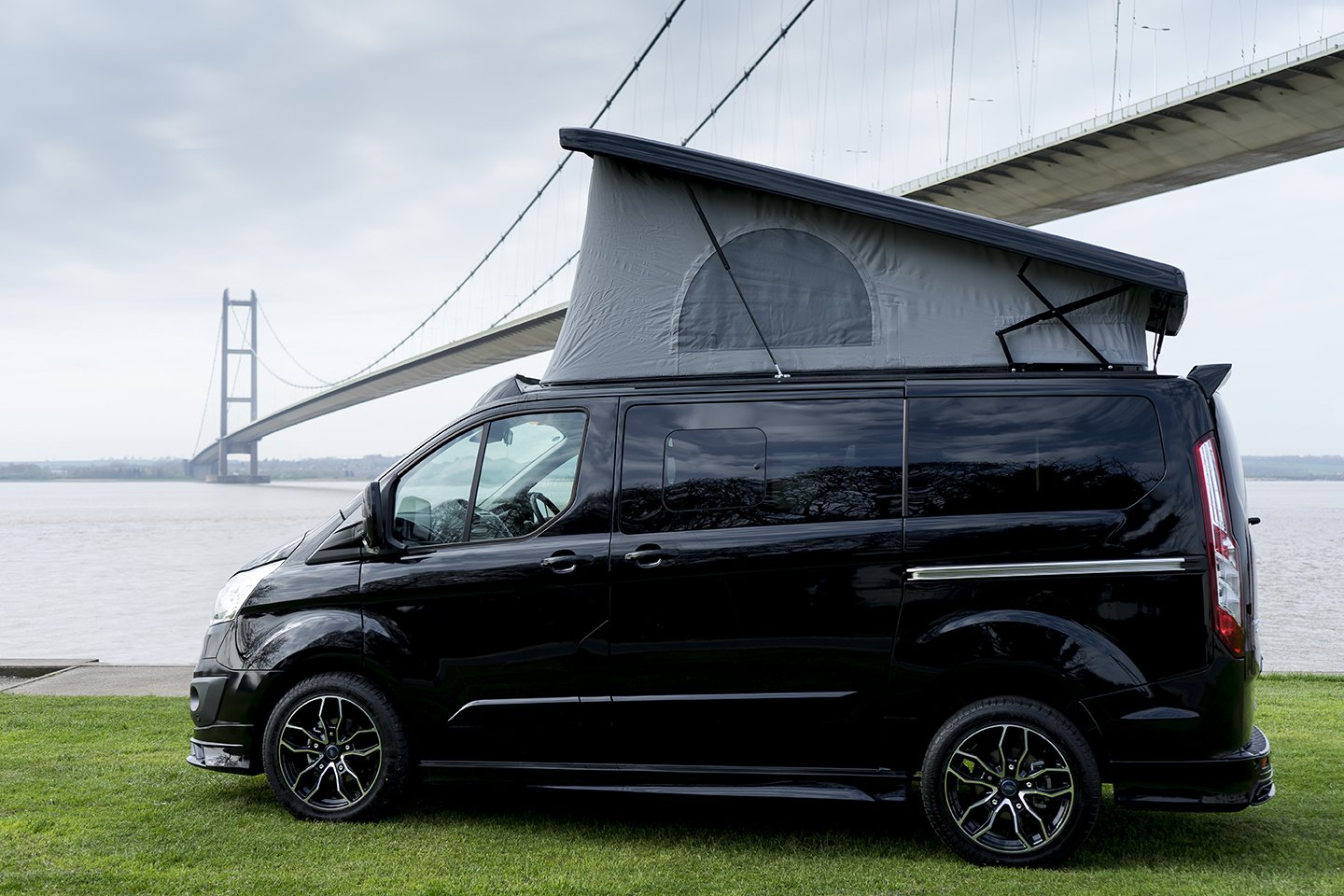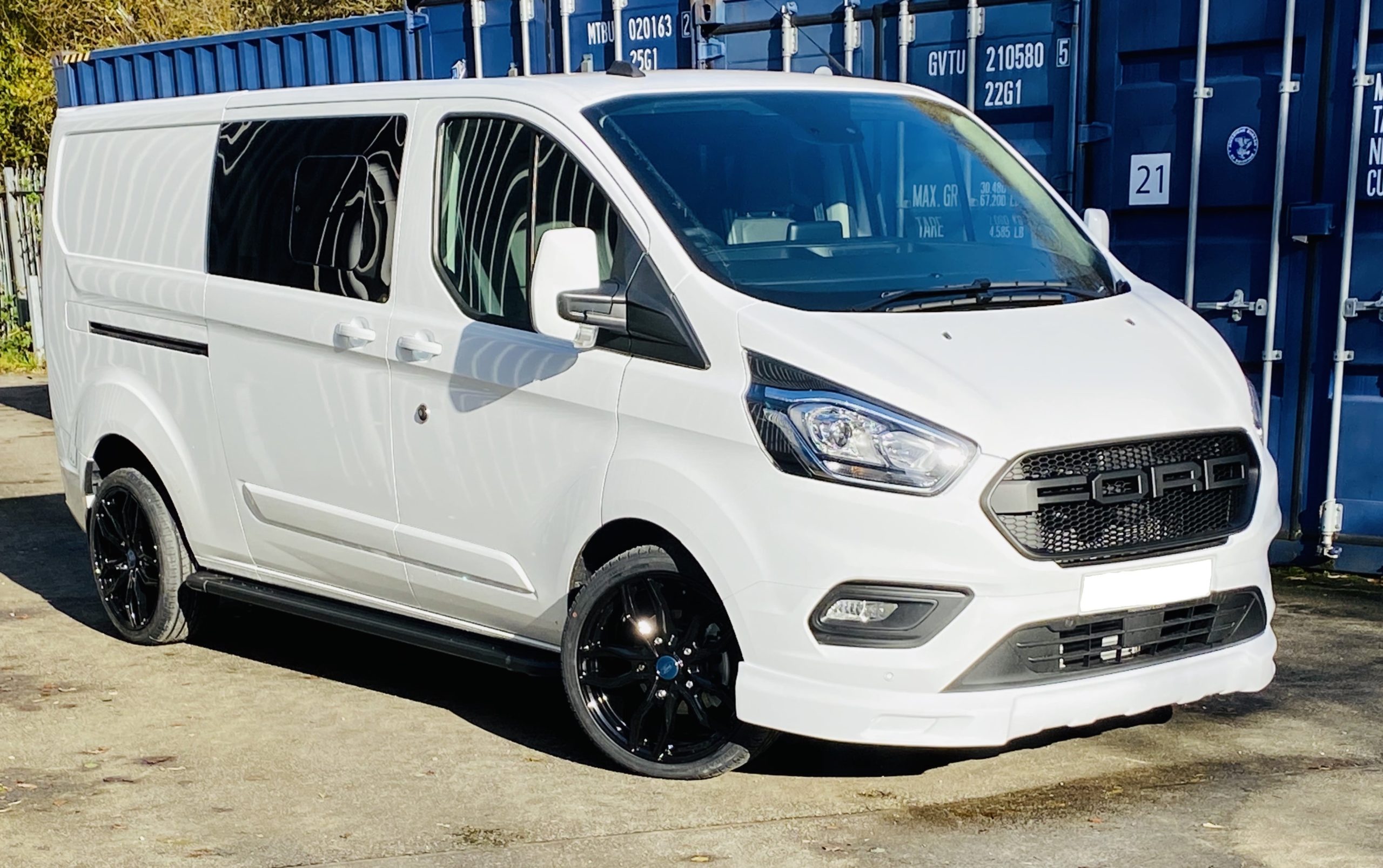When driving a commercial van, it is important to understand the rules and regulations that you must follow, as they will differ from driving vehicles for personal use.
These rules are in place for the safety of you and other road users and can come with some hefty fines and penalties if they are not strictly followed.
There are many rules you need to follow when driving a commercial van, including the maximum weight you can carry, how long you can drive for, where you are able to drive and the speed limits you must stick to.
This article will look specifically at the speed limits for commercial vans, covering everything you need to know to get on the road.
Speed limits for commercial vans
It is important that speed limits are followed, as they are put in place for the safety of every road user (to help avoid accidents and collisions), as well as some environmental reasons (if there are animals nearby) and accessibility (if the roads bend harshly or there are road works in place).
It can get quite complex, as commercial drivers will have a different speed limit, depending on what type of van they are driving, whether they are towing a trailer, the weight on the vehicle and which road they are driving on.
Car-derived vans
If the commercial van weighs less than 2 tonnes laden (of loaded weight), it may be able to drive the same speed limit as cars, as they can be qualified as a ‘car-derived van’ or ‘dual-purpose vehicle’. This will depend on how your vehicle has been registered (which can be found on the VC5 registration document) and if it meets the criteria as set out in schedule 6 of the Road Traffic Regulation Act 1984. The most common vans that fit under this criteria are usually Vauxhall Corsa’s, Renault Clio or Ford Fiestas.
If you have a car derived van, the following speed limits apply to you:
- 30 mph (48 km/h) in built-up areas
- 60 mph (96 km/h) single carriageways
- 70 mph (112 km/h) on dual carriageways
- 70 mph (112 km/h) on motorways
Car-derived van with a trailer
If you have a car derived van and will be towing a trailer for business, then there are different speed limits that apply. There are national speed limits set out in legislation that must be followed, but they’re also may be restrictions set out by the van or trailer manufacturer that you must follow if they are less than the national speed limits.
With a trailer, a car derived van must follow the speed limits below:
- 30 mph (48 km/h) in built-up areas
- 50 mph (80 km/h) on single carriageways
- 60 mph (96 km/h) on dual carriageways
- 60 mph (96 km/h) on motorways
Goods Vehicles
Good vehicles, when travelling in England and Wales, have different national speed limits they must follow. These must strictly be followed as the maximum speed limit unless there is a lower speed limit stated by the van or trailer manufacturer to protect the vehicle.
Less than 7.5 tonnes
For commercial goods vehicles, with less than 7.5 tonnes of laden weight, the following speed limits apply:
- 30 mph (48 km/h) in built-up areas
- 50 mph (80 km/h) on single carriageways
- 60 mph (96 km/h) on dual carriageways
- 60 mph (96 km/h) on motorways
More than 7.5 tonnes
For commercial goods vehicles that are more than 7.5 tonnes of laden weight, must follow the speed limits below:
- 30 mph (48 km/h) in built-up areas
- 40 mph (64 km/h) on single carriageways
- 50 mph (80 km/h) on dual carriageways
- 60 mph (96 km/h) on motorways
The best way to determine which category you fall under, to stay safe and avoid any penalties, is to check the vehicle’s Gross Vehicle Weight (GVW), which is referred to above as the laden weight. This can be found on the chassis plate, which is usually located on the front door or window sill. Alternatively, you can find this information on the V5C registration form for your commercial vehicle.
Dual-purpose vehicles
It can get complicated with the rules for commercial vans when it comes to pick-up trucks and crew vans (passenger seats in the back). The rules dictate that if a vehicle has more than eight passenger seats, or has a length of more than 12 meters, then it may be classed as a dual-purpose vehicle. This means that the lower van limits set out by the government will apply. It is always best to check the VC5 registration document for the exact definition of your vehicle, to ensure the correct speed limits are followed.
Speed limiters
Speed limits are a legal requirement for commercial goods vehicles that have a maximum laden weight of over 3.5 tonnes.
Speed limiters restrict the fuel supply to the vans engines, to limit the maximum speed they can go. This usually means they cannot reach the maximum national speed limits. These are in place for the safety of road users, to reduce accidents.
Penalties
If the national speed limits are not complied with by drivers of commercial vans, then they risk getting:
- A speeding penalty
- Penalty points on their licence
- Driving disqualifications
These speed limits are set out by the government, but local councils have the authority to change the speed limits within their area as they see fit. It is therefore important to keep an eye out for speed limit signs, especially if you are driving a commercial van in a new location around the country, as they will not always be the same. If you are ever in doubt, or cannot see a road sign, always default to a speed limit of 30 mph.
It is important to always check the VC5 registration document for the vehicle type, the GVW of your vehicle and the manufacturer’s limits, to ensure you are always driving the correct speed limits. This will help you to avoid any accidents, damaged goods, void insurance policies, penalties and disqualifications.


 Van Conversions
Van Conversions